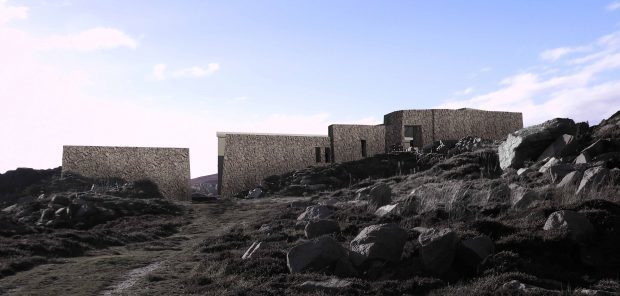A group of budding architects has unveiled plans to transform a north-east quarry.
Fourth year architecture technology students from the Robert Gordon University in Aberdeen were set a brief to re-imagine the country park at Stirling Hill quarry south of Peterhead.
The team was challenged to design buildings which could serve as a museum, office space, shopping area, cafe or even a micro-brewery.
Course leader Jonathan Scott said: “The stone from Stirling Hill quarry has been used to construct famous buildings around the world, while the area surrounding the quarry has been regenerated to include a country park area.
“I thought it would be interesting to see the students develop further ideas for the site which would open up the area to the wider community.”
Initially working in teams, the trainee architects then each presented their own designs.
Final year student Jake Loveday said: “Museum projects historically offer an enormous amount of artistic expression which also presents us a huge challenge with knowing where to start.
“It was such an unusual site with a unique history and, as it was still a working quarry, it had a very real feel.”
He added: “We will be going on to further refine the designs in the next semester.”
The first quarry at Stirling Hill was opened in 1815 and since then red Peterhead granite has been used in Trafalgar Square and at the British Museum in London.
In 1884, the Admiralty began building the breakwaters at Peterhead harbour and a railway was built between the quarry and the prison to transport prison labour and granite.
In 2014, RGU student Andrew Stewart won a national prize for his re-imagination of Peterhead’s famous harbour.
Several of Mr Stewart’s peers also unveiled a large-scale model of the town, built as part of a two-year “robust towns” project.










